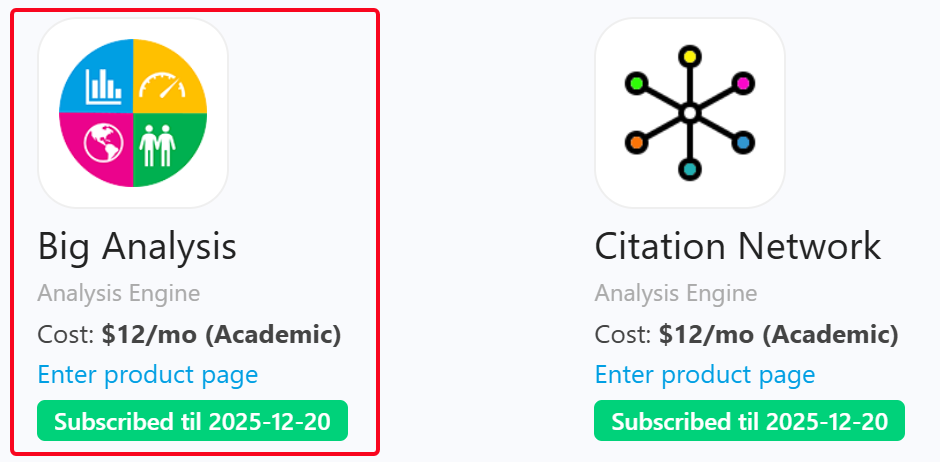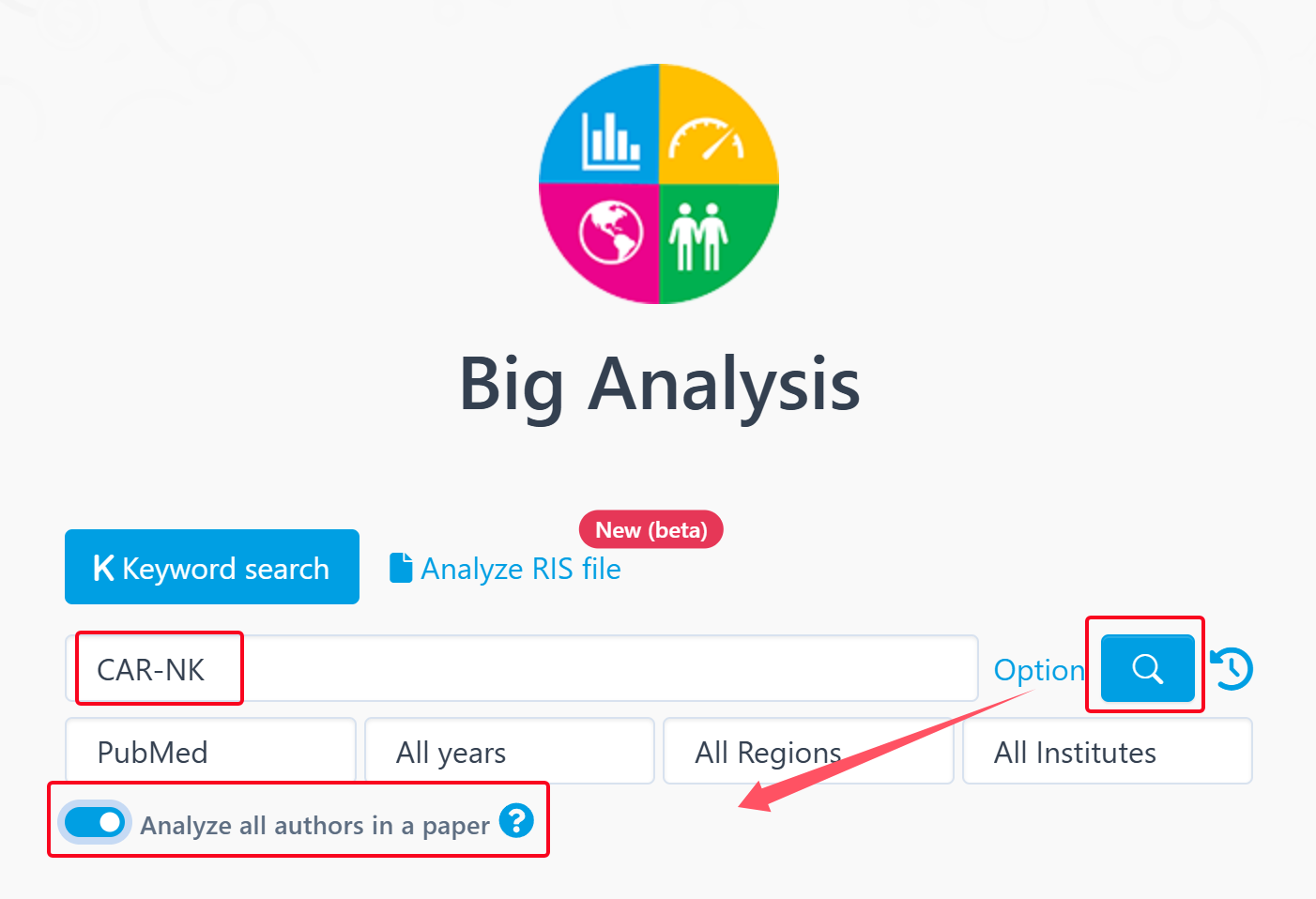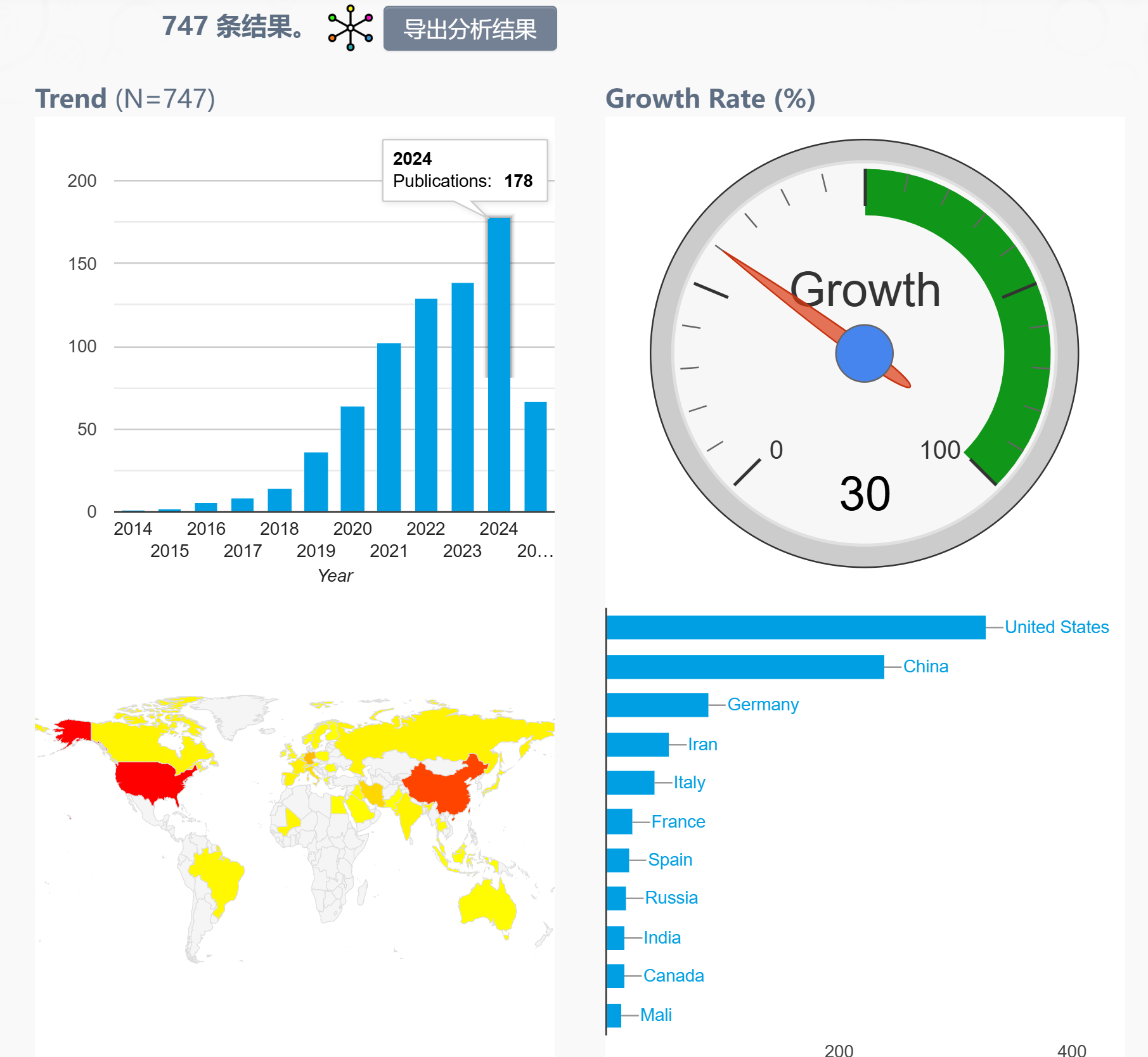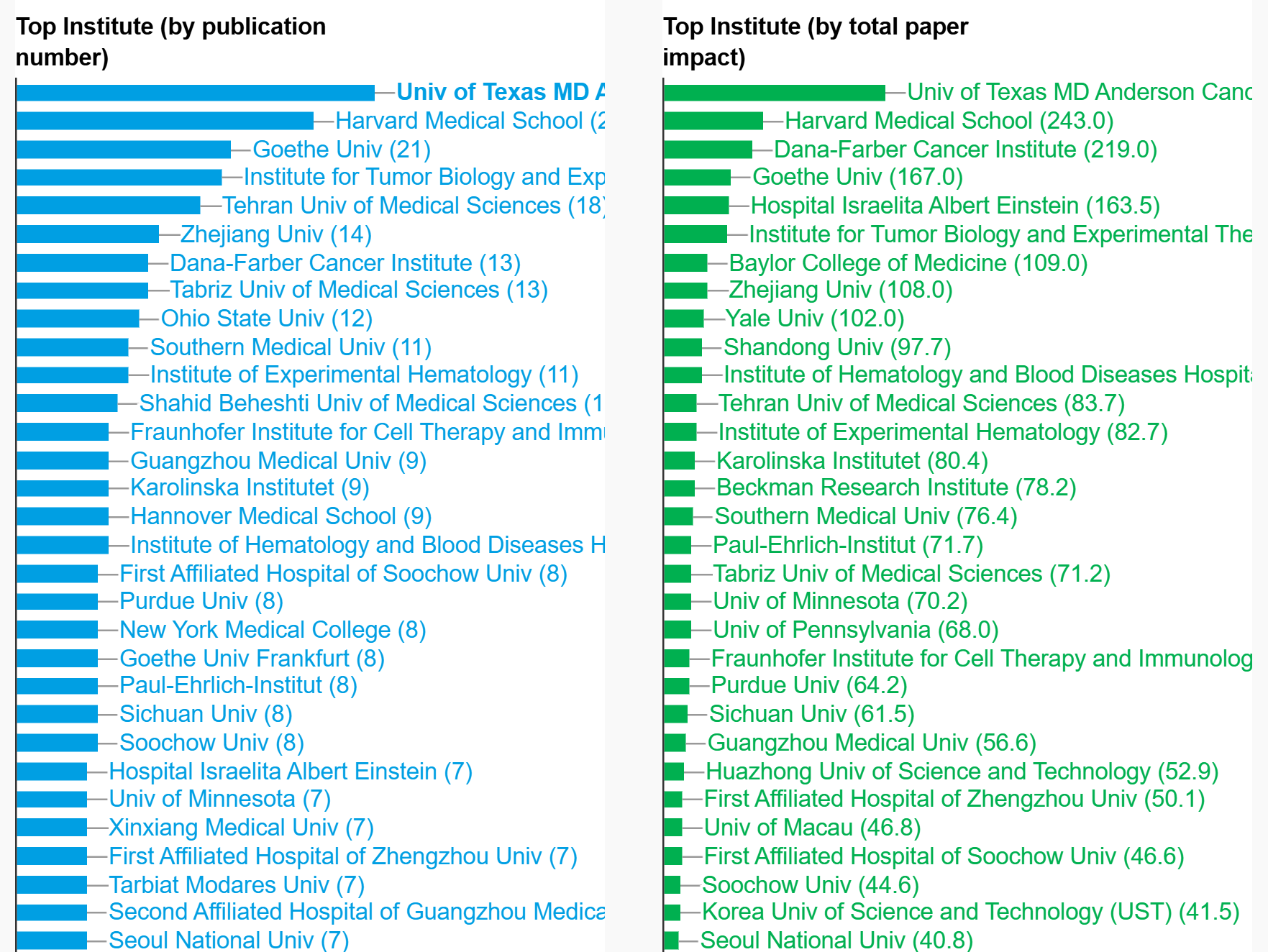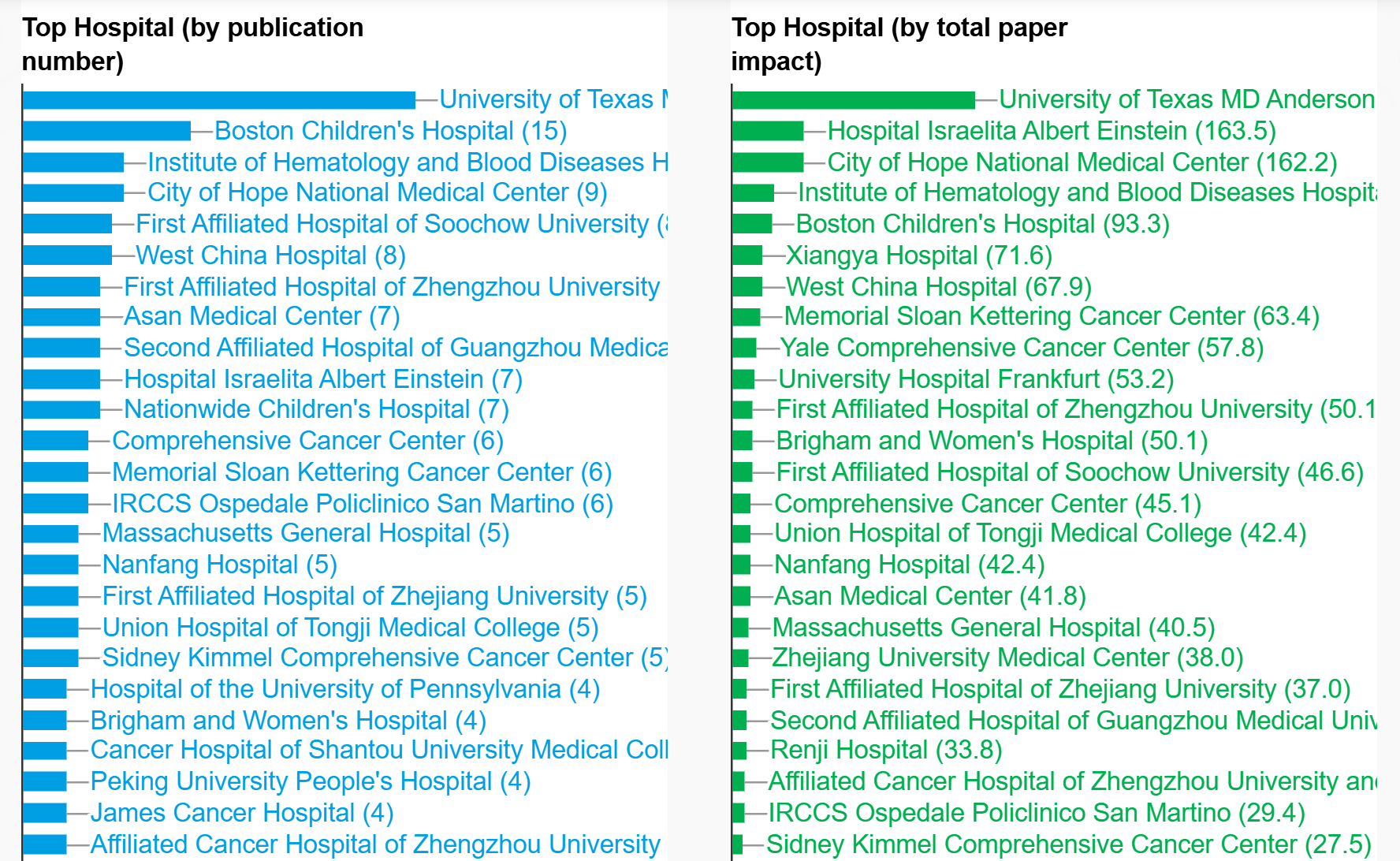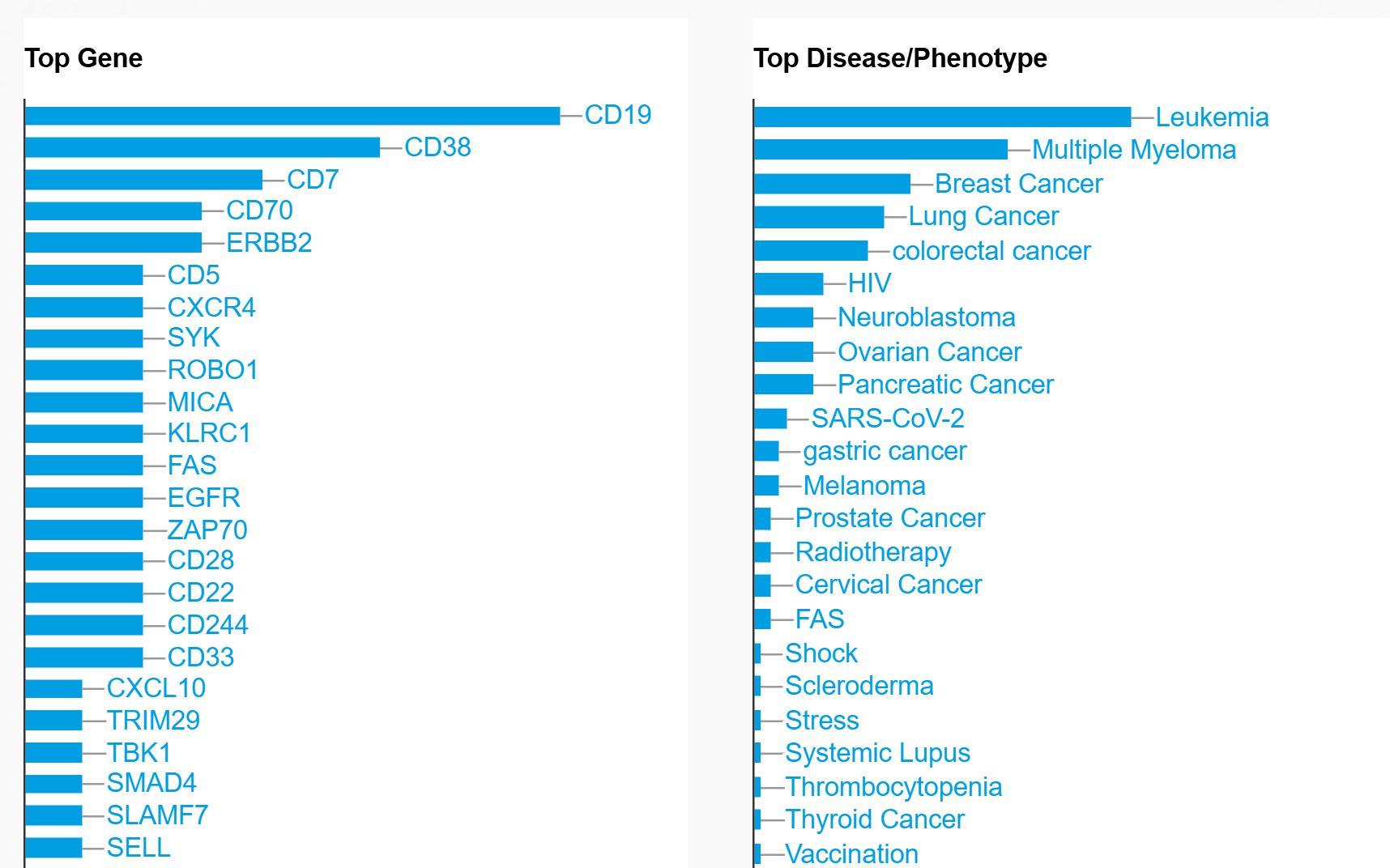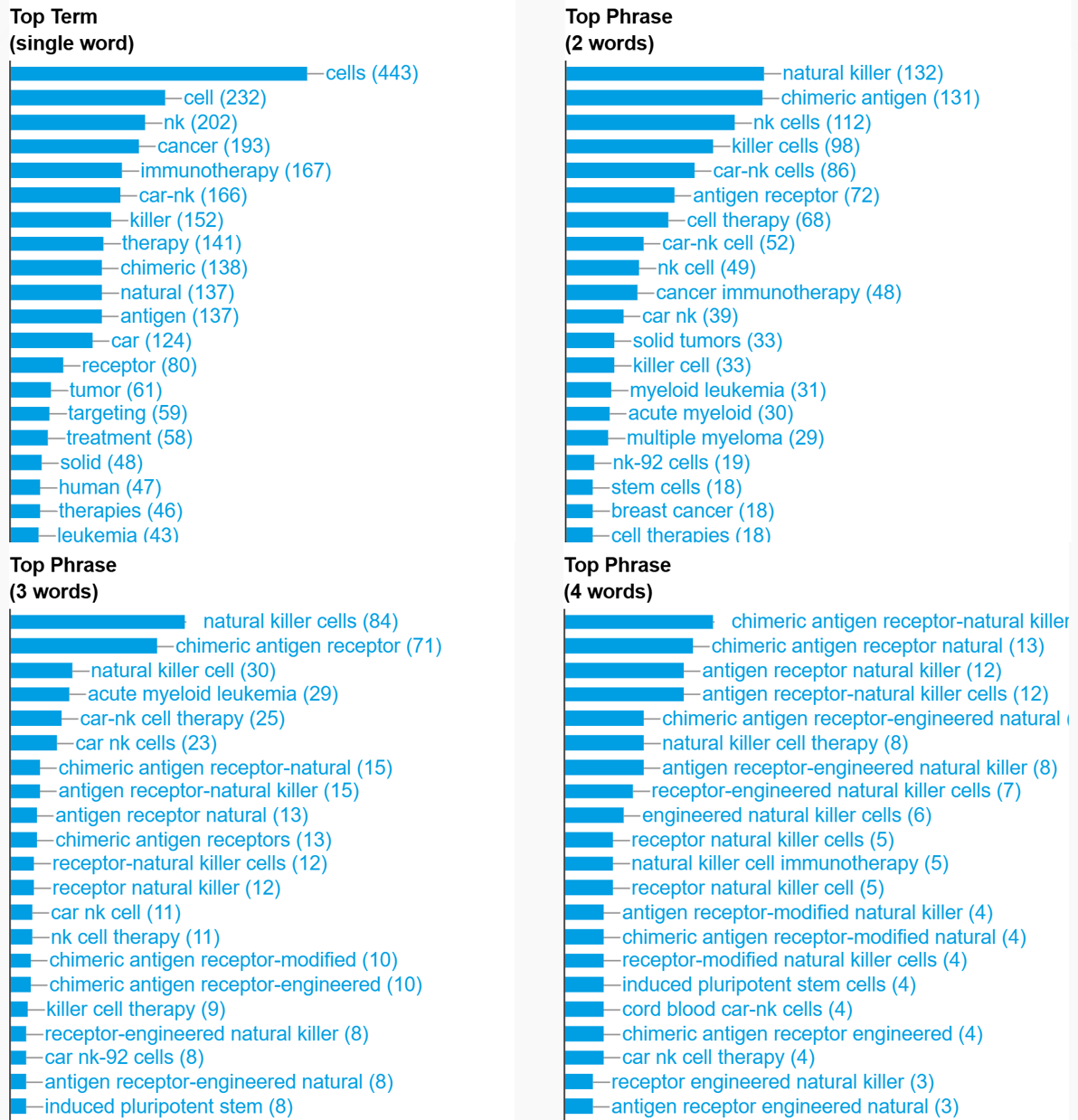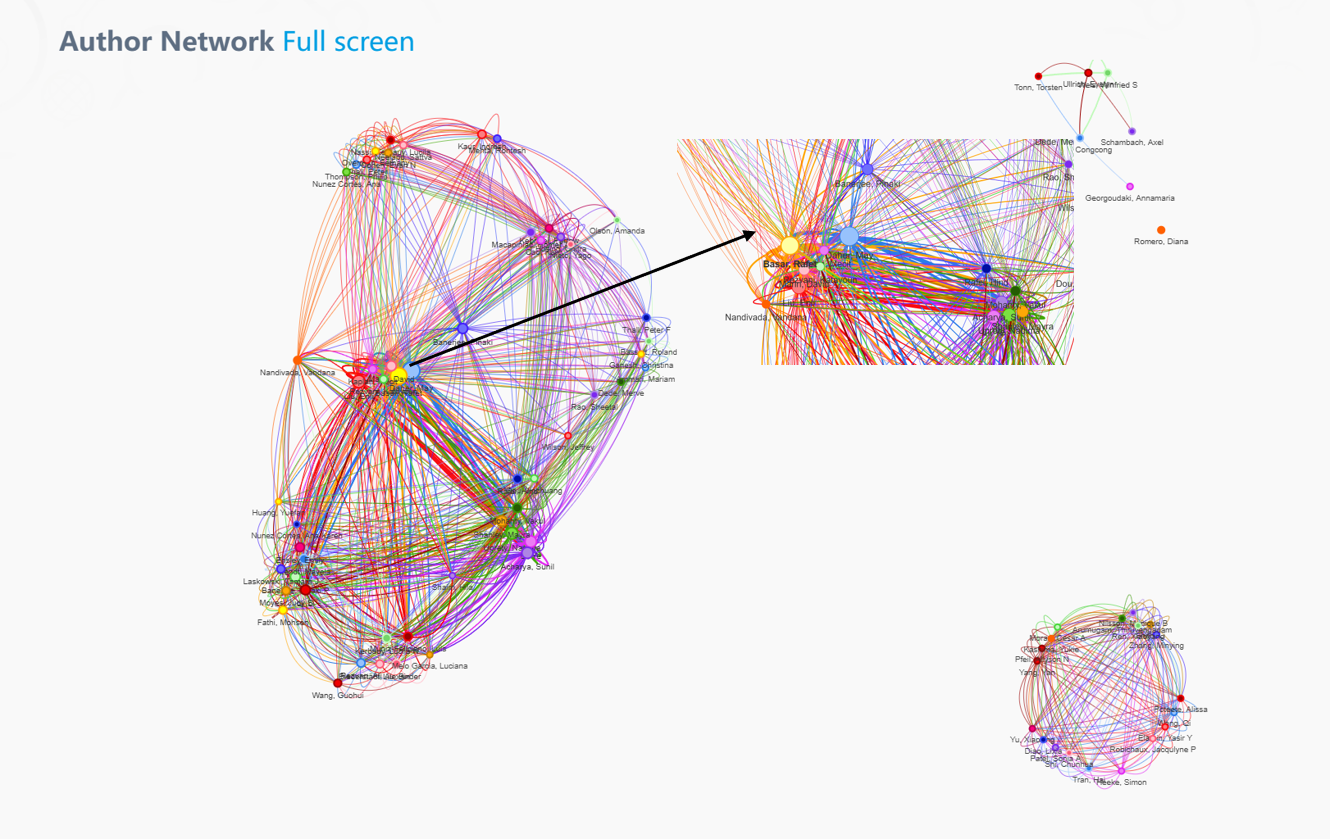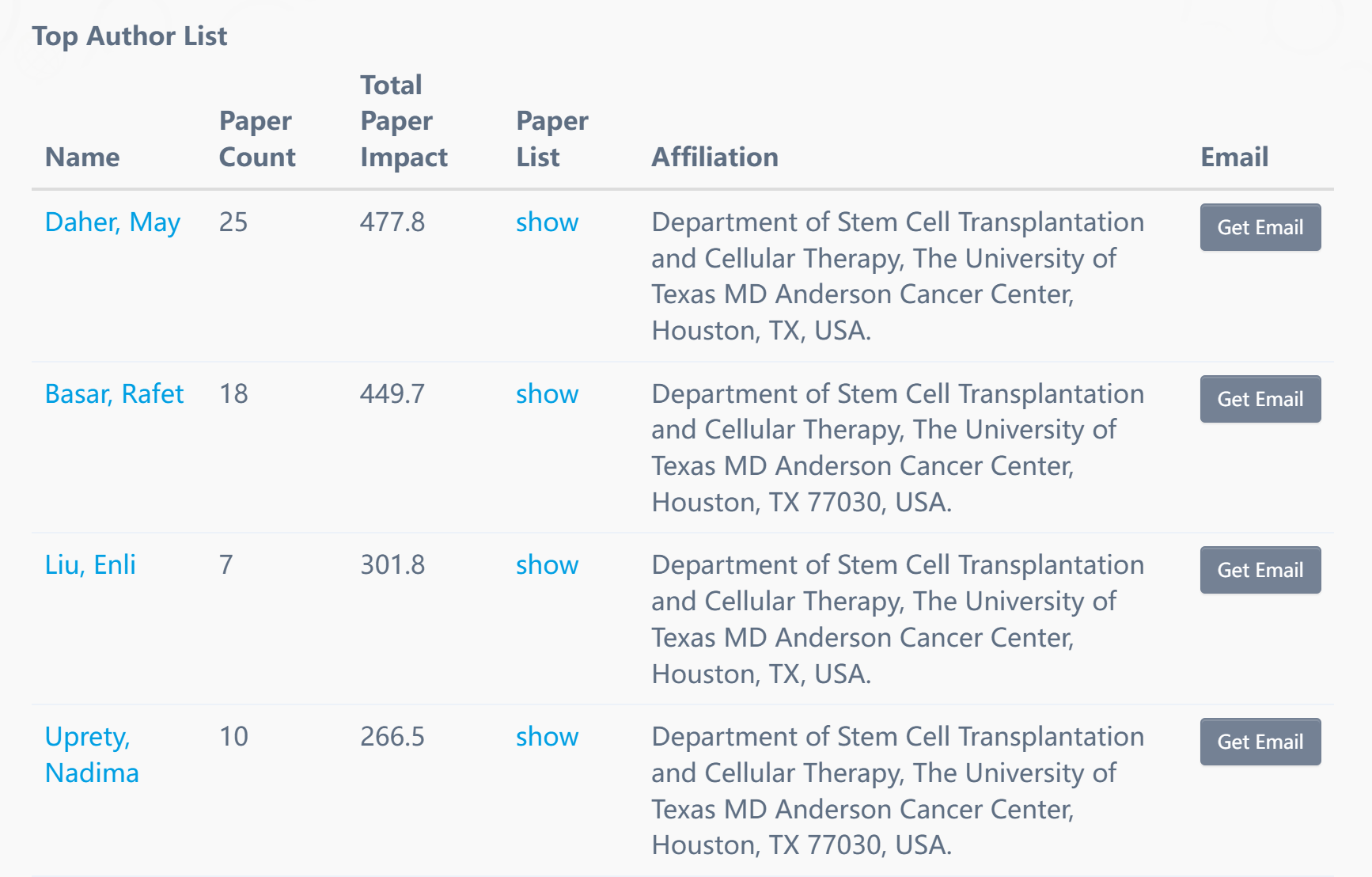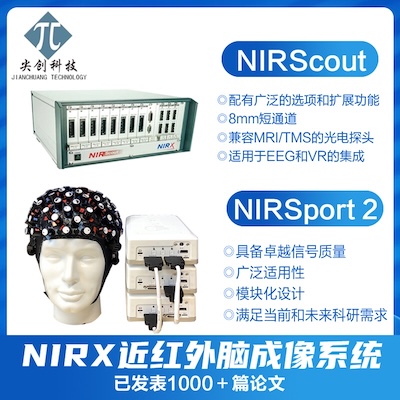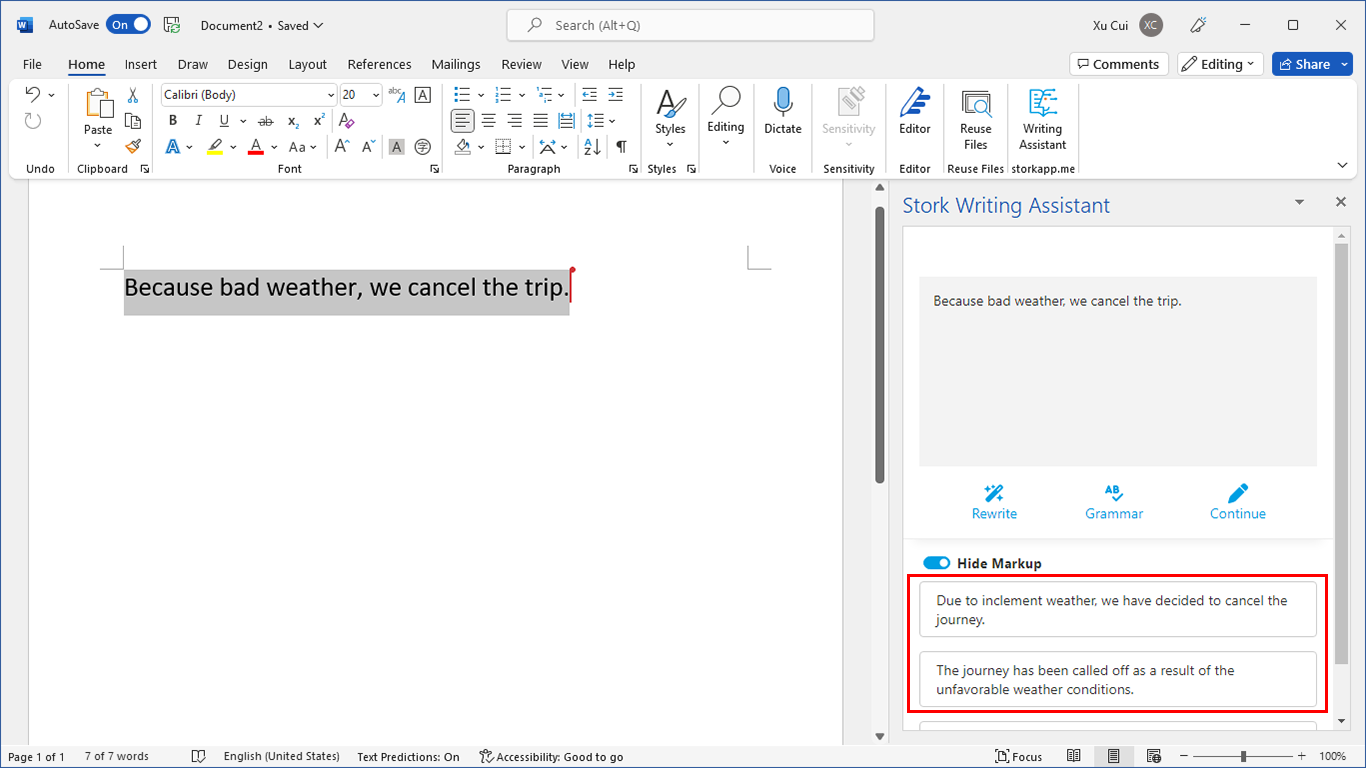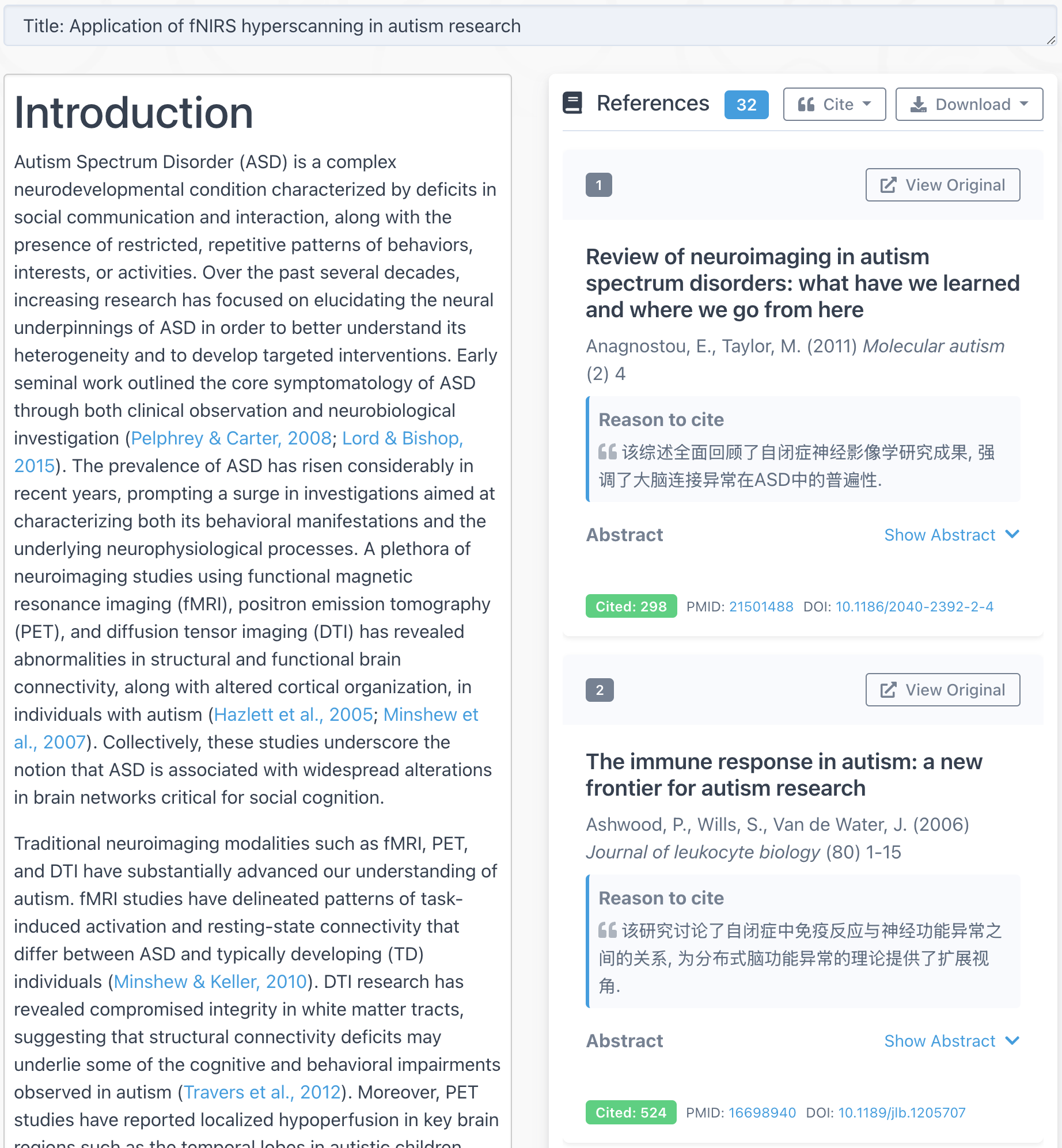
TL; DR
"Big Analysis" allows you to quickly understand all aspects of CAR-NK in a matter of minutes, including growth trends, geographic distribution, experts (and their contact information), genes, and diseases, etc.
CAR-NK (Chimeric Antigen Receptor Natural Killer) cells are making waves in cancer immunotherapy in recent years. To help researchers grasp this field, we used Stork's Big Analysis advanced feature to systematically review the trends, research hotspots, and core teams involved in CAR-NK research.
Go to Stork's Big Analysis page. Enter the keyword "CAR-NK," check "Analyze all authors in a paper," and click "Search," you can access the comprehensive analysis results.
Trend and Growth Rate
Since 2014, the number of publications on CAR-NK has increased significantly, growing from sporadic reports to a robust area of study. In 2024, the number of papers reached 178, with an average annual growth rate of approximately 30%, indicating the rapid expansion and growing attention to CAR-NK cell research.
Country ranking
Geographically, the United States leads with 327 publications, followed by China (236), Germany (89), Iran (54), and Italy (42). This distribution reflects both the early advantage of Western countries in cell therapy technology and significant progress made by Asian countries, particularly China.
Institute ranking
The University of Texas MD Anderson Cancer Center, Harvard Medical School, and Boston Children's Hospital are leading institutions in CAR-NK research. If you're looking for collaborators or benchmarks, these are the hubs to watch. The analysis also ranks institutions based on the number of papers published and the total paper impact (publication count * journal impact factor).
Journal ranking
Most papers are published in journals like Frontiers in Immunology, Cancers, and Frontiers in Oncology. (Pro tip: Big Analysis even shows Days to Accept, so you can plan accordingly.)
Gene and Disease ranking
The data reveals the top targets for CAR-NK therapies: CD19 (by a wide margin), followed by CD38, CD7, CD70, and ERBB2. As for diseases, leukemia and multiple myeloma get the most attention, but solid tumors—like breast, lung, and colorectal cancers—are catching up.
Term frequency analysis
The importance of selecting appropriate target antigens is further underscored by the observation that the frequency of certain keywords–such as "chimeric antigen receptor", "natural killer cells", and "CAR-NK cell therapy"–has steadily increased over time. This trend reflects a growing consensus among researchers regarding the potential benefits of harnessing NK cells as vehicles for targeted immunotherapy.
Author Network
The research community is closely connected, with major contributions from teams at the University of Texas MD Anderson Cancer Center. Chinese researchers are also playing a big role in advancing CAR-NK research.
Researchers' information can be accessed in the Author List, and data from the analysis can be downloaded below the search box.
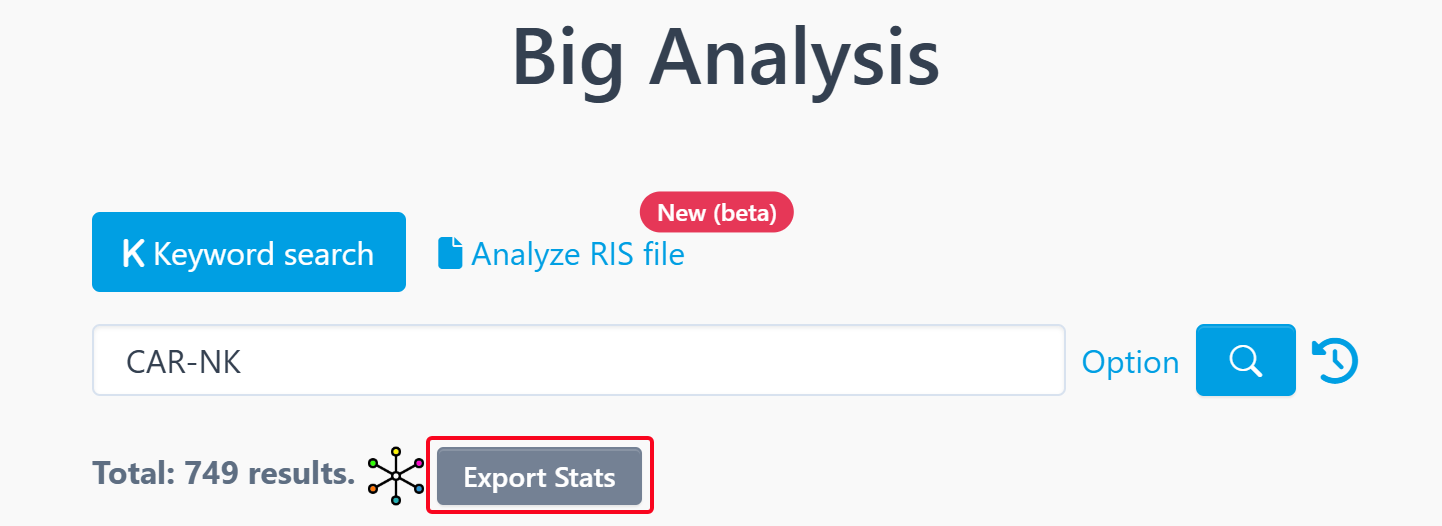
This data offers a snapshot of where CAR-NK research stands and where it's heading. For researchers, this can help you:
· Stay on top of the latest trends in the field
· Identify potential collaborators
· Choose the right journals for your publications
Ready to explore your own research questions? Give it a try here.
【How to use】
Big Analysis is an advanced feature offered by Stork (free trial is available). After registering/logging into Stork (https://www.storkapp.me), you can find Big Analysis under the "Advanced Feature" section. Then you can try it out or subscribe. Alternatively, you can visit Big Analysis website directly at https://www.storkapp.me/meta/.
